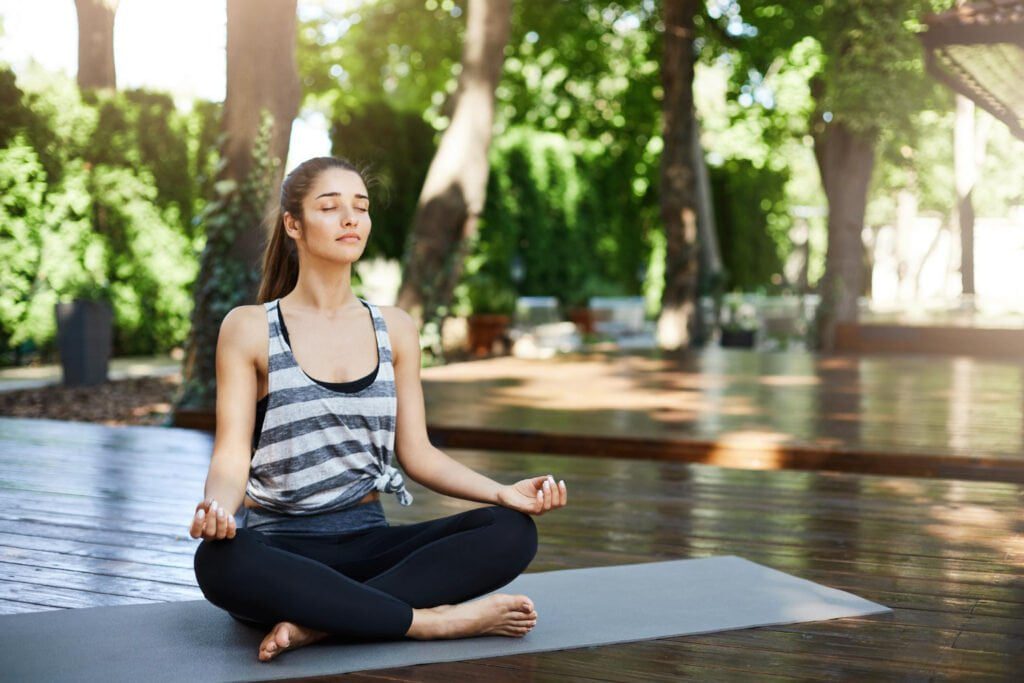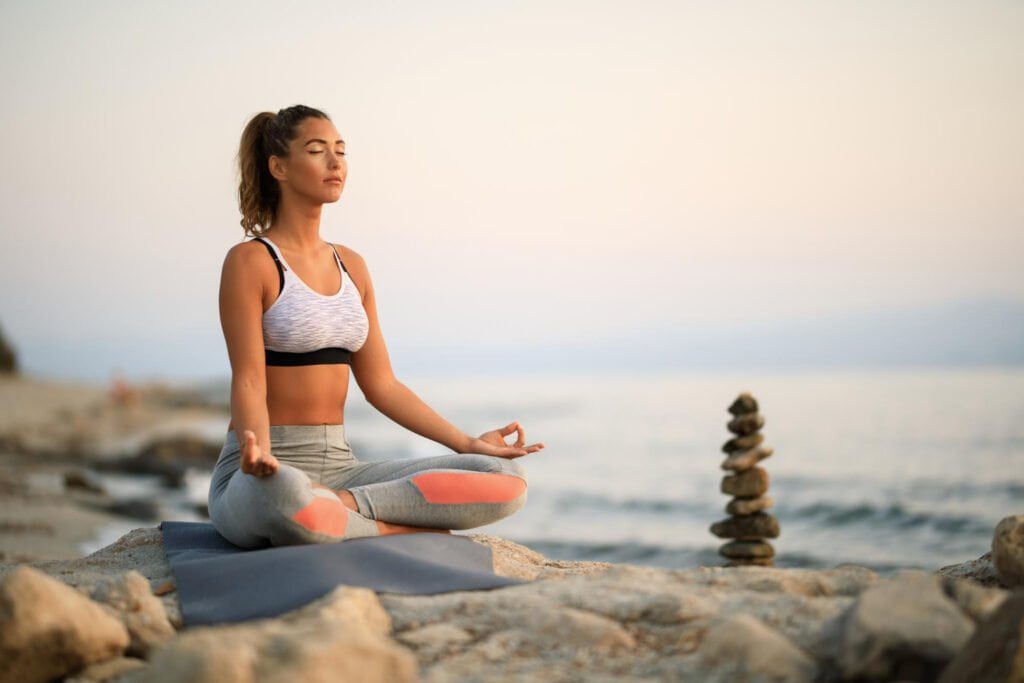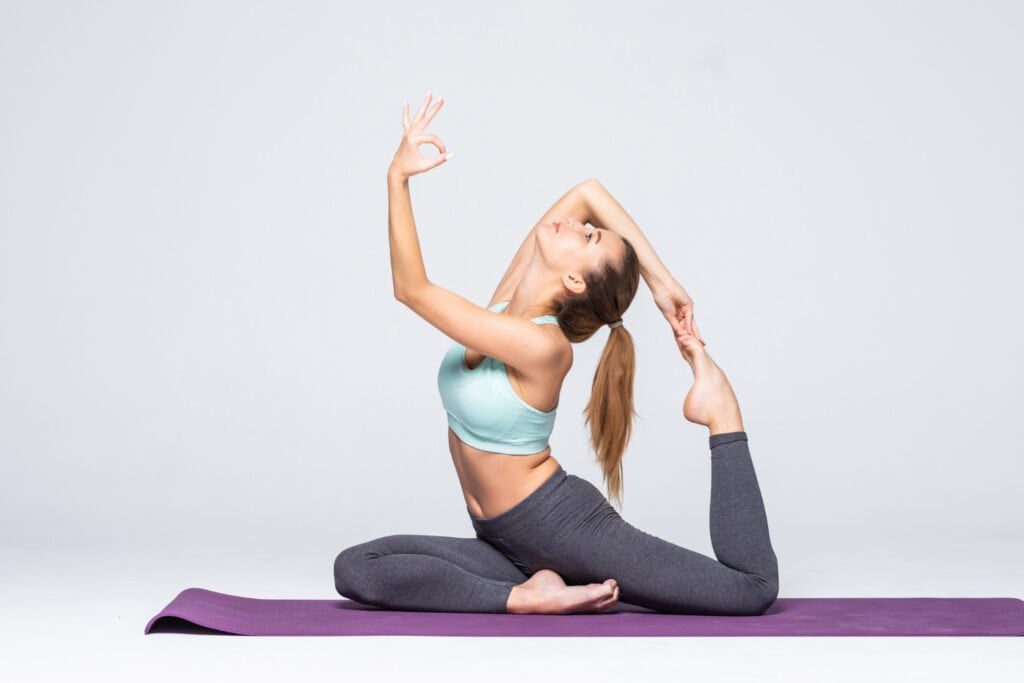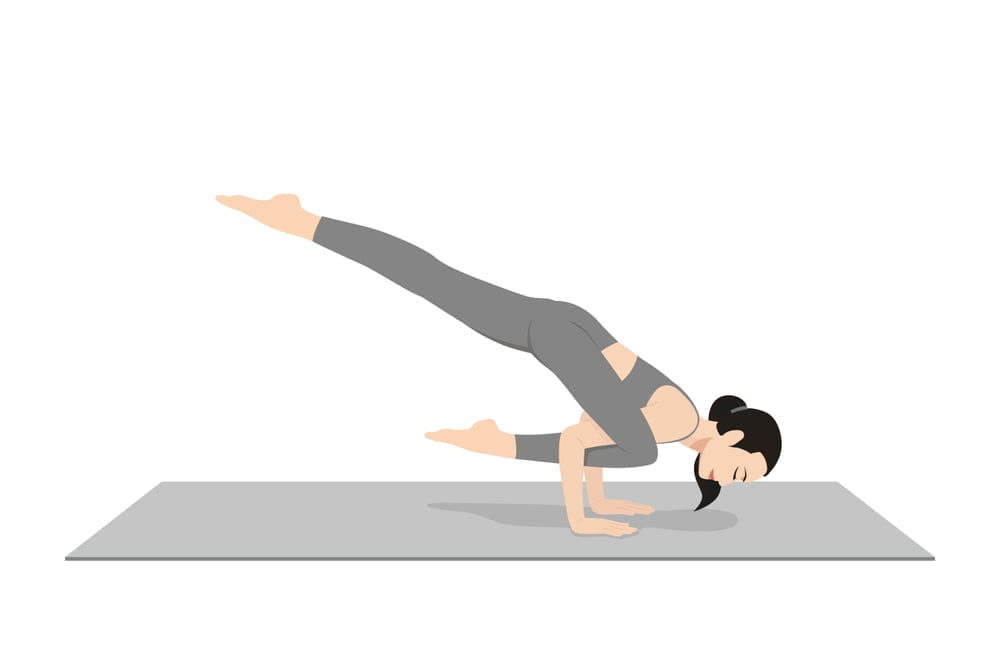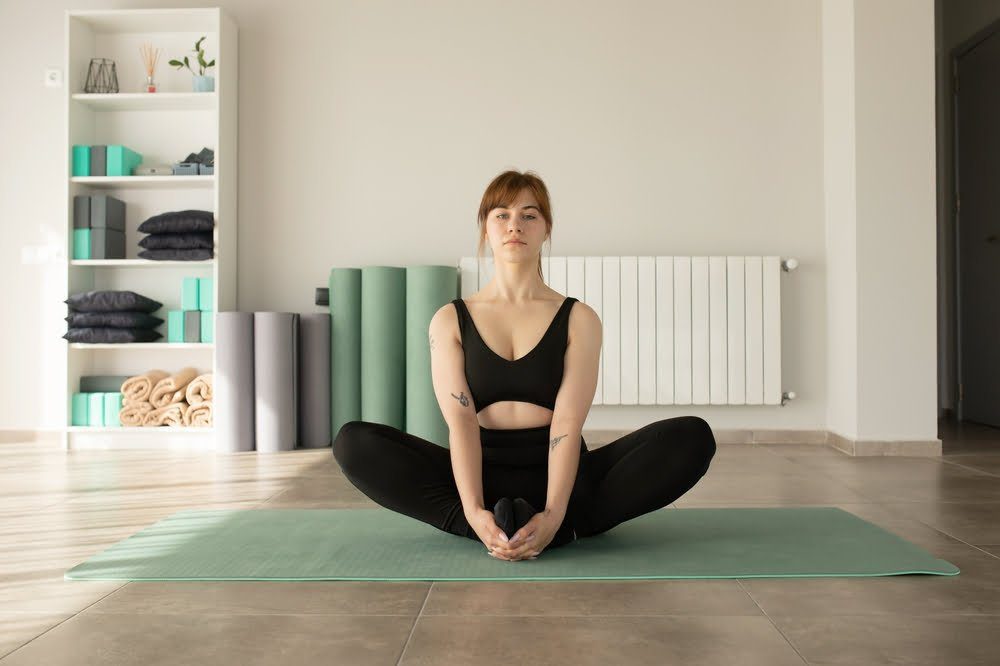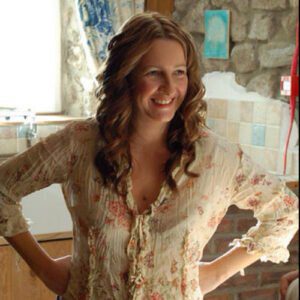Tendons are fibers that attach muscles to bones , facilitating the movement of muscle across bone. They are mainly composed of collagen and elastin and their main qualities are resistance and elasticity. The problem is that with age, excessively intense exercise or a sedentary lifestyle, the tendons become less resistant and less flexible, which makes them vulnerable and can cause injuries, tears, tendinitis.
The most vulnerable areas to suffer tendon problems are the wrists, elbows, knees, shoulders, hips and ankles . And the best way to maintain tendon health is to maintain movement, continuous physical activity and also exercise them properly. Tendons and muscles are not worked the same way .
How Are Tendons Worked?
Muscular work requires rhythmic and repetitive movements, but in the case of the tendons what we must do is maintain prolonged stress over time (key to the practice of Yin Yoga). As we keep the muscles relaxed, the effect of the posture reaches the deeper tissues , that is, tendons, bones, ligaments.
Breathing is key in the work of tendon asanas. Bringing awareness and breathing to that area of the body that we are working on helps bring prana (energy) there, as a result that area is nourished, regenerating and becoming stronger.
Causes Of Tendonitis.
- Bad postures.
- Too intense exercise.
- Repetitive movements.
- Excessive loads in sports practice.
- Sedentary lifestyle.
Benefits Of Working Tendons With Yoga.
- Improve overall health.
- Prevent circulatory, cardiac, and nervous diseases.
- Help relieve stress, anxiety and depression.
- Improve the immune system.
- Improve mood.
- Provide vitality.
- Help with alterations in the nervous and digestive systems, overweight, and joint pain.
Top 8 Postures for the Tendons.
1. Baddha Konasana.
Step by step : Sitting, place the soles of your feet together and hold your feet tightly with your hands. Let the knees fall to the sides and lengthen the spine, placing the back straight.
2. Upavistha Konasana.
Step by step : Sitting with your legs stretched and wide apart, bring your hands to the outside of your feet, exhale, bring your body forward, resting your chin on the floor.
3. Janu Sirsana.
Step by step : Sitting with your legs forward, bring the left heel to the inner surface of the left thigh next to the perineum, the sole in contact with the right inner thigh. The legs form an obtuse angle, the left knee as far back as possible. Grab your foot, leg, hamstring…keep your right leg straight and when you exhale, lower your trunk and head towards it. Stretched back.
4. Supta Virasana.
Step by step : Kneel with knees together and feet 45 cm apart, resting your buttocks on the floor with your toes pointed back. Relax your hands on your thighs and place your back straight. As you exhale, bring your trunk downward, resting your elbows and forearms on the floor. Beginners can keep their knees apart.
5. Halasana.
Step by step : From Sarvangasana, bring the legs together and stretched behind the head until the feet touch the floor. Interlace your fingers, stretch your elbows and rotate your wrists. Hold for five minutes.
6. Garuda Arms.
Step by step : From Vjrasana (sitting on heels) or from Sukasana (easy cross-legged posture), bend your elbows and raise your arms to chest height. In returning the right arm above the left elbow, curling the forearms and bringing the palms of the hands together. Change sides.
7. Ustrasana.
Step by step : Kneeling on the floor, place your hands on your hips and, exhaling, push your hands forward. Place your hands on their corresponding heels, bringing your head back. Repeat.
8. Ashwa Sanchalanasana Variation.
Step by step : From the position on all fours, bring the right leg forward in a large step so that the knee does not go beyond the ankle, the other leg supports the knee. Move your right foot to the right side and drop your trunk and head down. You can support your forearms for greater intensity or leave your palms against the floor.
Ayurvedic Tricks for Tendinitis.
- Hydrate well : Drink water and eat a diet rich in vegetables and fruits, especially high in vitamin C, since this compound is essential for creating collagen.
- Increase foods high in magnesium (walnuts, whole grains, spinach, roasted potatoes, almonds…) as it is a mineral that helps maintain elastin fibers, improving their flexibility and stimulating collagen production.
- Consume more amino acids , essential for synthesizing collagen: present in fish and legumes.
- Go for antioxidants : they protect the body from inflammatory processes.
- Half a teaspoon of turmeric powder with warm water helps reduce pain and inflammation in these cases. You can also opt for golden milk*.
- Apply mahanarayan oil on the joint, massage until absorbed and then soak the area in hot water.
Frequently Asked Questions.
Yes, yoga can help improve flexibility and strength in tendons, which can aid in injury prevention and overall joint health.
Yes, yoga can help strengthen tendons and ligaments through various stretching and strengthening poses.
Bottom Line.
Incorporating yoga poses into your daily routine can be an effective way to improve tendon health and flexibility. By practicing poses that target specific areas of the body, such as the shoulders, hips, and ankles, you can help prevent injuries and reduce pain associated with tight or overworked tendons. Additionally, the mindfulness and relaxation benefits of yoga can help to reduce stress and promote overall well-being. Remember to listen to your body and consult with a healthcare professional before starting any new exercise regimen, especially if you have a history of tendon injuries.

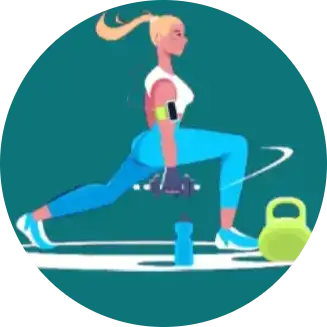 Workout
Workout
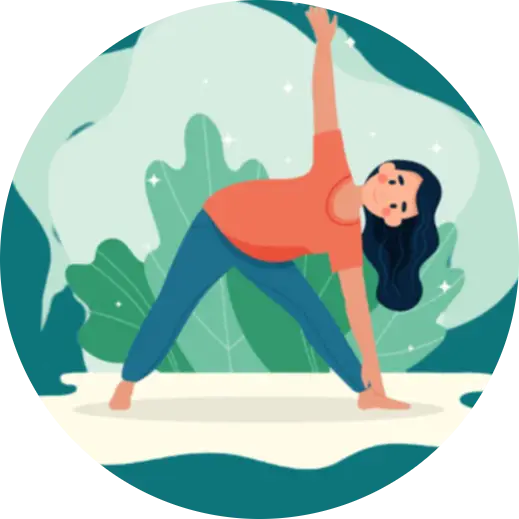 Meditation
Meditation

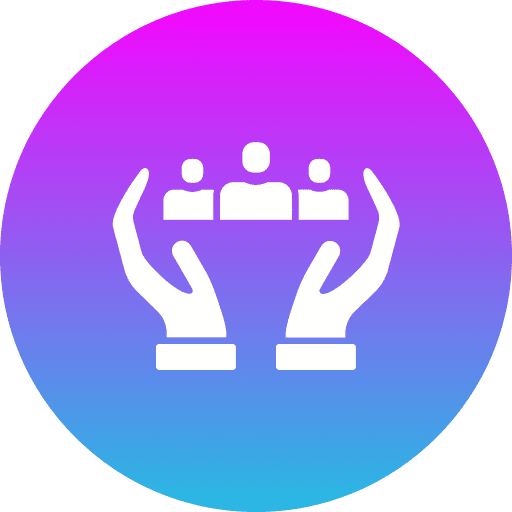



 Contact Us
Contact Us






